Simon arrived at the Physiology lab in the new Physical Education and Sport Sciences building at UL for baseline testing apprehensive at what was in store, but with a nonetheless positive attitude. The aim was to get some resting measurements of lactate and heart rate, and to carry out a simultaneous measure of Simon’s maximal oxygen consumption capacity (vVO2max) and establish the treadmill speed at which he reached his lactate threshold. These tests involved the use of a metabolic cart to determine Simon’s oxygen consumption and blood sampling by pricking of the ear to measure his blood lactate concentration at increasing speeds.
When designing the test protocol Ciara Sinnott-O’Connor (UL PhD student) and I took into account Simon’s familiarity with the treadmill and the speed the blade was designed to run at. In doing so we ran into a few problems whereby Simon’s lactate values seemed initially very high and decreased despite an increase in treadmill speed (not what is supposed to happen!). In hindsight, we did not give Simon enough of a warm up to allow him to adapt his running style to the treadmill. Despite these problems we calculated Simon’s lactate threshold to occur at a running speed of 11-12km/h and heart rate of 155-165 BPM. We also calculated that Simon is capable of utilising 3.65 litres of oxygen per minute (or 40ml/kg/min) at max.
What does all this mean?
In simple terms, during exercise, the body requires oxygen to convert its energy stores to a form that is usable by the muscle. The more oxygen the body is capable of utilising the more energy that can be released for use during exercise. VO2max measures how much oxygen the body is capable of using. As Simon adapts to his training, his VO2max will increase, making more energy available to him during exercise and thus allowing him to run faster.
When we run/cycle/swim at high intensity the muscle produces lactic acid as a by-product of using energy. The human body can tolerate this to a certain point known as the lactate threshold. Once we begin to exercise at a speed faster than this, lactate begins to accumulate very quickly and is associated with pain/stiffness in the working limbs and we have to stop. During Simon’s training, by improving his VO2max and ability to deal with lactate, Simon will produce less lactate at a given speed, allowing him to run faster before reaching his threshold, thus improving the time which Simon will complete the marathon.
Dr Brian Carson
When designing the test protocol Ciara Sinnott-O’Connor (UL PhD student) and I took into account Simon’s familiarity with the treadmill and the speed the blade was designed to run at. In doing so we ran into a few problems whereby Simon’s lactate values seemed initially very high and decreased despite an increase in treadmill speed (not what is supposed to happen!). In hindsight, we did not give Simon enough of a warm up to allow him to adapt his running style to the treadmill. Despite these problems we calculated Simon’s lactate threshold to occur at a running speed of 11-12km/h and heart rate of 155-165 BPM. We also calculated that Simon is capable of utilising 3.65 litres of oxygen per minute (or 40ml/kg/min) at max.
What does all this mean?
In simple terms, during exercise, the body requires oxygen to convert its energy stores to a form that is usable by the muscle. The more oxygen the body is capable of utilising the more energy that can be released for use during exercise. VO2max measures how much oxygen the body is capable of using. As Simon adapts to his training, his VO2max will increase, making more energy available to him during exercise and thus allowing him to run faster.
When we run/cycle/swim at high intensity the muscle produces lactic acid as a by-product of using energy. The human body can tolerate this to a certain point known as the lactate threshold. Once we begin to exercise at a speed faster than this, lactate begins to accumulate very quickly and is associated with pain/stiffness in the working limbs and we have to stop. During Simon’s training, by improving his VO2max and ability to deal with lactate, Simon will produce less lactate at a given speed, allowing him to run faster before reaching his threshold, thus improving the time which Simon will complete the marathon.
Dr Brian Carson
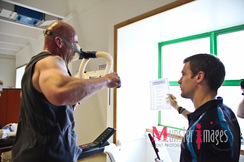
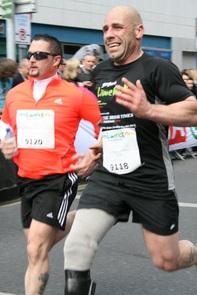
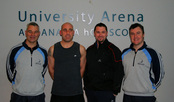
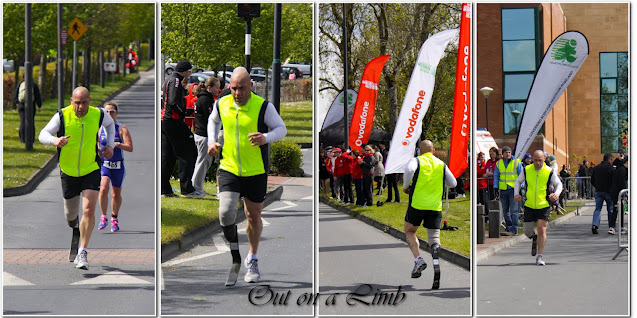
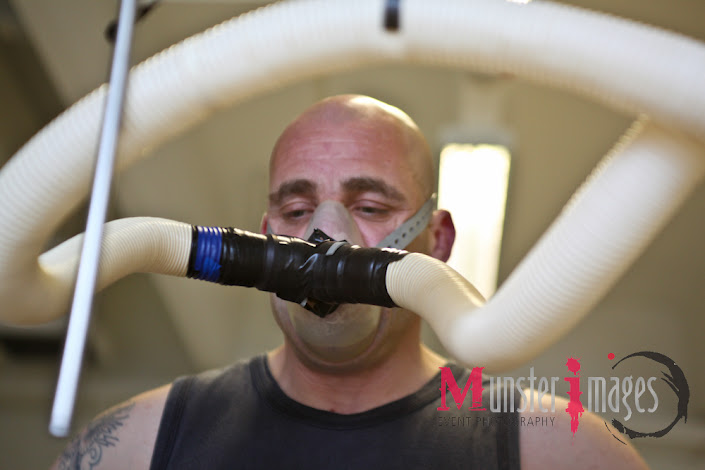
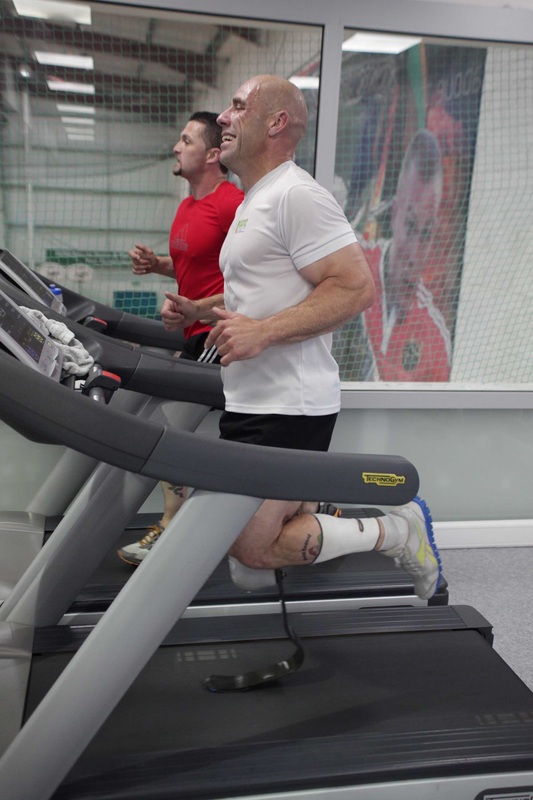
 RSS Feed
RSS Feed
